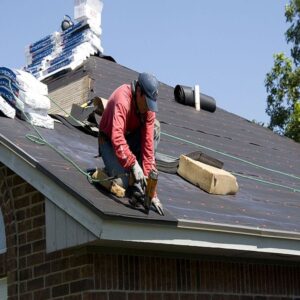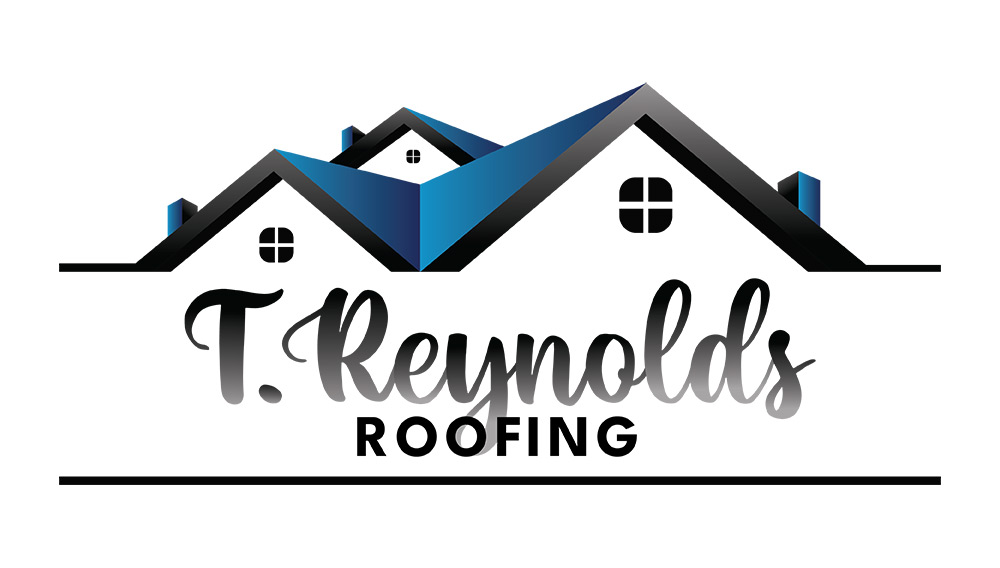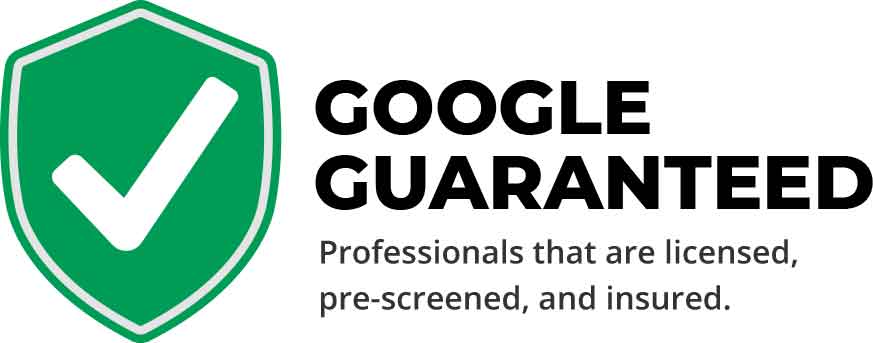Factors to Consider When Estimating a Commercial Roof Replacement
While there are many benefits to a commercial roof replacement, there are some things to keep in mind to make the process as seamless as possible. One important factor to consider is the timing of the project. If the project is scheduled during regular business hours, the contractor can avoid disrupting operations. Also, consider the impact the project may have on the occupants’ health, comfort, and productivity. The crew may need to work outside of normal business hours, which can add to the project’s expense.

Roofing Installation Services
The cost of commercial roof replacement can vary widely depending on several factors. These include the type of roof, what’s underneath it, code requirements, wind loads, and accessibility to the roof. Also, the type of materials used will have a significant impact on the cost. For example, a flat roof may need more expensive materials than a steeply-sloping roof, while a sloped roof may require a cheaper material.
Another factor to consider is where the roof connects to the flashing. If this area is not well-maintained, then the roof may fail and cause puddles. In many cases, insurance will cover the costs associated with commercial roof replacement. Storm damage can also be a factor, especially for buildings located in high-wind areas. A commercial roof can also fail when it is not properly secured. This can occur when seams are improperly sealed.
Costs of commercial roof replacement can vary significantly depending on the type of material used. The cost of labor will also vary from state to state. However, the cost of materials and labor are generally higher for taller buildings. For example, a 10-story roof will be more expensive than a two-story one because cranes are needed to lift materials up to the roof. In addition, the cost will be higher if the replacement is required in occupied buildings. Additionally, the installation may require work to be done outside of regular business hours, which will add to the overall cost.





